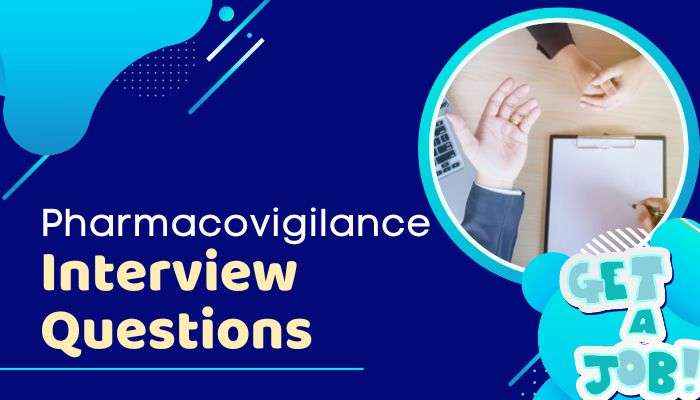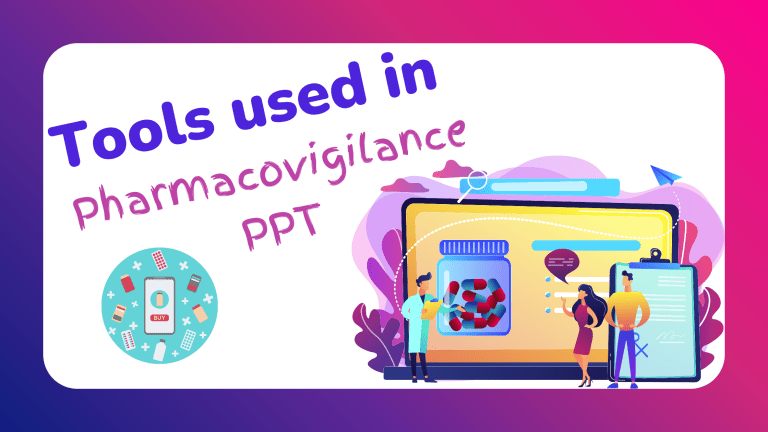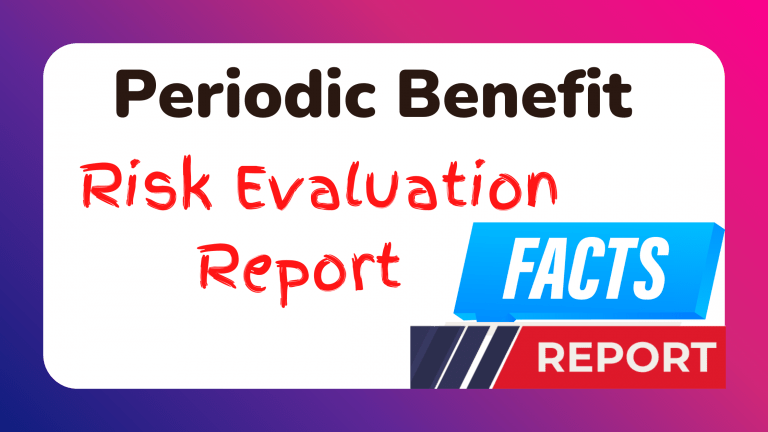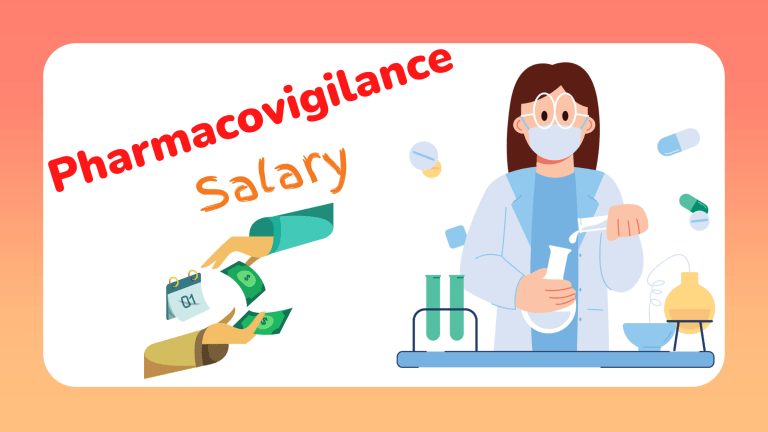Pharmacovigilance Training: How To Learn-Why Choosing Online Learning

Pharmacovigilance is a complex and vital topic, but healthcare professionals must be able to understand it.
Pharmacovigilance Foundations Initiatives has created an online training program that makes learning pharmacovigilance simple and easy.
This online training is designed to help healthcare professionals learn about the principles of pharmacovigilance, how to identify and report adverse drug reactions, and more.
Let’s find out why it is crucial to get Pharmcovigilacne Training.
What is Pharmacovigilance Training?
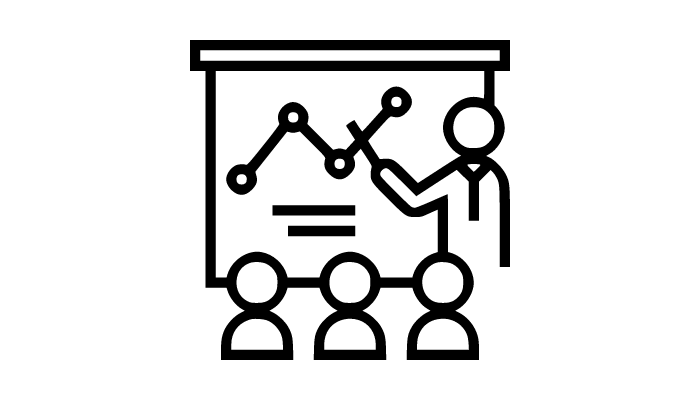
Pharmacovigilance Traning is the scientific study of detecting, assessing, understanding, and preventing adverse drug reactions and other drug-related problems.
It includes drug safety monitoring, the ongoing systematic collection, analysis, and assessment of data on drug risks.
Pharmacovigilance training also involves signal management, which identifies, evaluates, and responds to safety signals.
Pharmacovigilance Training is an important part of drug safety and pharmacovigilance as it helps to ensure that medicines are used as safely as possible.
What are the Benefits of a Pharmacovigilance Training Course?

If you work in the pharmaceutical industry, chances are you’ve heard of pharmacovigilance training.
Pharmacovigilance is the science and activities associated with the detection, assessment, understanding, and prevention of adverse effects of pharmaceutical products.
It’s crucial to ensure that drugs are safe and effective, and pharmacovigilance training can refresh your knowledge and keep you up to date with the latest developments.
Pharmacovigilance training has many benefits, but one of the most important is that the training course provided by Pharmacovigilance Foundation helps ensure patient safety.
By refreshing your knowledge of adverse drug reactions and how to identify them, you can play a vital role in preventing serious harm to patients.
Pharmacovigilance training can also help to improve your career prospects. As the field of pharmacovigilance is constantly evolving, employers are always on the lookout for candidates with up-to-date knowledge and skills.
Completing a refresher course or additional training can give you a competitive edge when applying for jobs or promotions.
Finally, the training course can help you better prepare for interviews.
If you’re applying for a job in pharmacovigilance, potential employers will want to know that you have a good understanding of the field.
Showing you have completed a pharmacovigilance training course can give you a significant advantage over other candidates.
What is the Importance of a Pharmacovigilance Training Course?
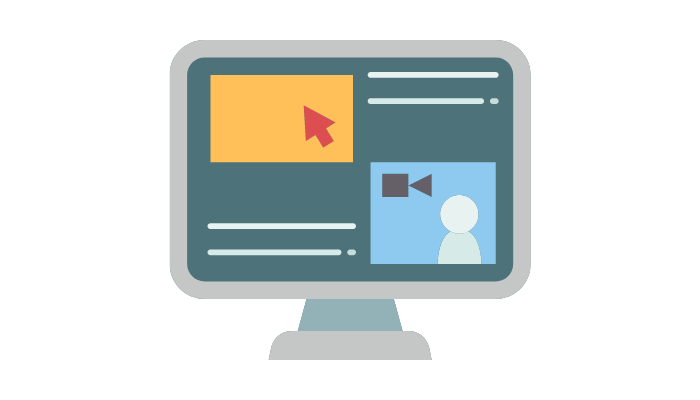
Pharmacovigilance online courses can help students to acquire knowledge about the importance of monitoring the safety of medicines and medical products.
The course content covers pharmacovigilance guidelines and regulations, as well as how to identify and report adverse events.
The course is designed to help students to acquire the skills and knowledge necessary to work in the field of pharmacovigilance.
Ultimately, the course aims to protect patients from harm by ensuring that medicines and medical products are safe for use.
Pharmacovigilance Training Online Course
You will learn in-depth how to report according to these regulatory agencies
1- FDA pharmacovigilance regulations by federal regulations part of the world health organization.
2- European Union regulations
3- Causality assessment
After finishing Pharmcovigialnce Training Online Course,
You will acquire knowledge as
- how to report, and identify as pharmacovigilance professionals
- You will have very good knowledge about what is aggregate reports, drug life cycle
- What are Safety Signals
- Reporting timelines
Then you will gain interview preparation to be convinced to smash all the interview questions.
What Is Healthcare Products Regulatory Agency?
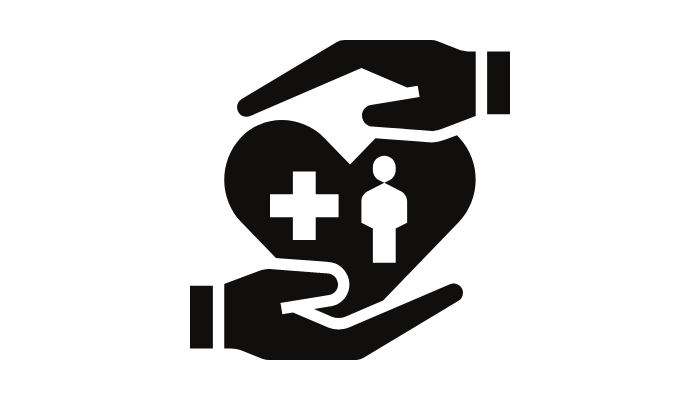
The Healthcare Products Regulatory Agency (HPRA) is a statutory body that regulates pharmaceuticals and medical devices in Ireland.
The HPRA was established in 2014, merging the Irish Medicines Board (IMB) and the National poppyIreland sure pharmaceutical products.
The Department of Health and reports to the Minister for Health funds the agency.
The HPRA’s primary functions are ensuring that pharmaceuticals and medical devices meet safety, quality, and efficacy standards; monitoring and inspecting pharmaceutical companies; and investigating complaints about pharmaceutical products.
The agency also performs pharmacovigilance inspections of pharmaceutical companies to assess their compliance with EU pharmacovigilance requirements.
In addition, the HPRA promotes awareness of pharmacy regulation and provides information on its website about regulating pharmaceuticals and medical devices in Ireland.
Let’s Figure out the most critical terms in Pharmacovigilance:
What Are Individual Case Safety Reports?
Individual case safety reports (ICSRs) are important in risk evaluation and drug safety.
They are used to collect information on adverse events and help identify potential risk factors.
ICSRs can be submitted by healthcare professionals, patients, or caregivers. Pharmacovigilance systems can also generate them.
The World Health Organization defines an adverse event as “any untoward medical occurrence that risks, but does not necessarily result in, patient death or serious impairment of patient health.”
An ICSR is a detailed report of an adverse event that includes information on the patient’s demographics, medical history, and event circumstances.
ICSR data are used to generate safety signal detection reports, which risk managers then evaluate.
Safety signal detection reports can lead to changes in drug labeling, risk mitigation strategies, or even withdrawal of a drug from the market.
Therefore Pharmacovigilance Signal Detection is essential to monitor overall medicinal product safety.
If you want to know more about Pharmacovigilance, click here for the most comprehensive guide about Introduction to Pharmacovigilance
What Are Adverse Drug Reactions?
Adverse drug reactions (ADRs) are side effects when taking a medication. These reactions can range from mild to life-threatening and can either be anticipated or unanticipated.
ADRs can occur in both prescription and over-the-counter medications, as well as herbal supplements.
Pharmaceutical companies must conduct clinical trials on new medications to identify potential ADRs before the drug is made available to the public.
However, it is not always possible to predict every adverse reaction that might occur.
For this reason, it is important for patients to be aware of the potential for ADRs and to report any adverse events to their healthcare provider.
Drug safety is a shared responsibility between patients and providers, and by working together we can minimize the risk of ADRs.
What Is Drug Safety?
Drug safety is the science of identifying, assessing, and preventing adverse effects of pharmaceutical products.
It is a critical aspect of drug development, and its ultimate goal is to ensure that patients can take medicines with a reasonable assurance of safety.
Drug safety is a complex process that involves many different stakeholders, including pharmaceutical companies, regulatory authorities, healthcare providers, and patients themselves.
Signal management is a key part of drug safety, and it involves detecting, assessing, and responding to potential adverse drug reactions.
By working together, we can ensure that patients have access to safe and effective medicines.
What Are Clinical Trials?
The clinical trial is an essential part of the development of new medicines during clinical research.
They are conducted to assess the safety and efficacy of a new medication before it is made available to patients.
Without clinical trials, we would not have many of the life-saving treatments that we take for granted today.
The clinical trial process usually begins in the laboratory, where potential new medicines are tested on cells or animals.
If these initial studies show promise, the new medicine may then be tested on a small number of human volunteers in Phase I clinical trials.
This is followed by Phase II and III clinical trials, which involve increasingly large numbers of patients.
Once a new medicine has been approved by the relevant regulatory authorities, it may still be subject to post-authorization safety studies (PASS).
These studies help to identify any rare side effects that were not apparent during the clinical trial process.
Clinical research plays a vital role in ensuring that new medicines are safe and effective.
They are essential for the continued advancement of medical science throw clinical studies.
The other purpose of clinical trials is to create a Pharmacovigilance System Master File to list all information about the investigational medical product.
What are Periodic Safety Update Reports?
A periodic safety update report (PSUR) is a type of report compiled by the marketing authorization holder of a medicinal product and submitted periodically to the authorities.
The European medicines agency (EMA) has published specific pharmacovigilance guidelines on the non-clinical and clinical information required in a PSUR, as well as on the regulatory requirements for PSUR submission.
The purpose of a periodic safety update report is to provide an up-to-date overview of the risk-benefit balance of a medicinal product, based on a systematic review of all available data up to the time of compilation of the periodic safety update report.
In general, a PSUR should be submitted at least once a year, but more frequent submissions may be required for certain products.
For example, products with a known potential for serious risks may require the submission of monthly or even weekly reports.
The timeframe for submission of a PSUR may also be affected by changes in the marketing status of the product (e.g. new indications, new formulations), as well as by other factors such as newly identified risks.
What Is Risk Management Plans Report?
A risk management plan is a document that outlines how a company or organization plans to deal with potential risks.
It usually includes information on the risk management system, as well as safety information and data from the pharmacovigilance system.
The risk management plan should be reviewed and updated regularly, in order to ensure that it is effective and up-to-date.
There are many different types of risk management plans, depending on the needs of the company or organization.
Some risk management plans focus on specific risks, while others are more general.
The risk management plan should be designed to fit the needs of the company or organization and should be tailored to the particular industry.
Risk management plans are an important part of any company or organization and can help to protect both employees and customers.
By outlining how to deal with potential risks, risk management systems can help to avoid or mitigate accidents, injuries, and other potential problems.
Any drug safety department should have this kind of plan to be prepared for any Pharmacovigilance Audit.
What Is The Difference Between Adverse Events And Adverse Reactions?
There is a lot of confusion about the difference between adverse events and adverse reactions. In the medical world.
An adverse event is defined as any undesired medical occurrence that shows up during a clinical trial or after a patient starts taking a new medication.
An adverse reaction, on the other hand, is defined as an undesirable and often dangerous reaction that a patient has to a medication. So what’s the difference?
Simply put, an adverse event is any negative side effect, regardless of how minor it may be.
An adverse reaction, on the other hand, is a more serious reaction that can potentially be life-threatening.
For example, an adverse event might be something as minor as nausea or a headache, while an adverse reaction might be something as serious as anaphylactic shock.
In most cases, adverse events are signal management issues that can be easily resolved by following proper procedures.
Adverse reactions, on the other hand, require more intensive medical review and may even require discontinuation of the medication in question.
Because of this, it’s important for pharmaceutical companies to carefully monitor both adverse events and reactions in order to ensure the safety of their products.
What is Good Pharmacovigilance Practice?
Pharmacovigilance (PV or PNV) is “the science and activities relating to the detection, assessment, understanding, and prevention of adverse effects or any other possible drug-related problems”.
The etymological origins for the word “pharmacovigilance” are Greek: pharmacon (drug) and Latin: vigilant (to watch).
PV’s primary purpose is the identification of new adverse reactions to drugs, assessment of their severity, and characterization of the risk they pose to patients.
Pharmacovigilance activities are not limited to adverse drug reactions (ADRs).
They also include suspected shortcomings in the quality of a medicinal product; changes in the consumption patterns of a medicinal product; reports on abuse and overdose; effectiveness/ineffectiveness issues.
Essentially, anything that might endanger patient safety can and should be included in a pharmacovigilance program.
There are four main types of Pharmacovigilance defined by WHO.
These are active surveillance, aggregate reporting, sentinel surveillance, and spontaneous reporting.
Active Surveillance is when health professionals proactively look for ADRs.
This is most commonly done in hospital settings where staff have regular contact with patients taking many different medications.
What is the Relationship between Drug Safety and Pharmacovigilance?
life science professionals are always looking for new ways to improve the safety of drugs and protect patients from potential adverse effects.
One area of focus is pharmacovigilance, which is the science of monitoring the safety of drugs after they have been approved for use.
Pharmacovigilance scientists work to identify and characterize risks associated with new and existing drugs and develop strategies to minimize those risks.
There are several key elements of pharmacovigilance, including risk identification, risk assessment, and risk management.
Risk identification involves the identification of potential risks associated with a drug.
Risk assessment is the process of determining the likelihood that those risks will actually occur.
And risk management is the implementation of strategies to minimize the risks that have been identified.
Pharmacovigilance is a critical part of ensuring the safety of drugs, and life science professionals play a vital role in this process.
By working to identify and assess potential risks associated with new and existing drugs, they can help to ensure that patients receive the safest possible medications.
FAQs
Can this pharmacovigilance course help to pass the interview?
Yes, as many of my HCPs who pass and now work as
Pharmacovigilance Officer
Risk Management Plan Manager
How do I get pharmacovigilance certified?
Although there is no legal requirement to do so, many pharmacovigilance professionals choose to acquire the knowledge.
This demonstrates their knowledge and commitment to the field and can give them a competitive advantage when applying for jobs.
Several certification bodies offer pharmacovigilance certification, and the requirements vary depending on the organization.
However, most certification programs require candidates to know relevant regulatory authority guidelines, have experience in safety and pharmacovigilance, and have a strong understanding of clinical research principles.
In addition, candidates must usually pass an exam to earn their certification.
Although becoming certified is not essential, it can be a valuable way to demonstrate your expertise in pharmacovigilance.
What is the salary of pharmacovigilance?
The pharmaceutical industry sets industry standards for pharmacovigilance salaries.
The average salary for a Pharmacovigilance Officer is $85,000 per year, with a range of $79,000 to $91,000.
The average salary for a Senior Pharmacovigilance Officer is $95,000 per year, with a range of $89,000 to $101,000.
The industry standard for pharmacovigilance managers is $105,000 annually, ranging from $99,000 to $111,000.
These industry standards are based on the size of the pharmaceutical company and the number of products they sell.
The industry standard for small companies is $75,000 annually, ranging from $69,000 to $81,000.
The industry standard for large companies is $115,000 annually, ranging from $109,000 to $121,000.
There are also industry standards for government and academic positions. The industry standard for government positions is $80,000 annually, ranging from $74,000 to 86,000.
The industry standard for academic positions is $90,00 per year, with a range of to$84 000 to 96 000$.
Where Can I Study Pharmacovigilance?
We provide online courses and Online training that match your learning style, such as
Reading Online: Pharmacovigilance PDF Materials
Step-by-Step Online Training: ICSR-Individual Case Safety Report
Both PDFs & Videos as online training: Pharmacovigilance Post Marketing Surveillance
What Is The Future Of Pharmacovigilance?
The future of pharmacovigilance is shrouded in potential but fraught with uncertainty.
On the one hand, ever-expanding data sources and sophisticated analytical tools promise earlier and more reliable detection of adverse drug events.
On the other hand, the globalization of clinical trials and social media use complicate traditional risk management approaches.
As a result, the field of pharmacovigilance is evolving rapidly, and it is difficult to predict what the landscape will look like in five or ten years.
One thing is sure, however: pharmacovigilance will continue to be a critical part of ensuring patient safety.
So whatever changes lie ahead, one thing remains constant: the dedication of those working in this vital field.
Is Drug Safety The Same As Pharmacovigilance?
The short answer is no. Pharmacovigilance is the science and activities relating to the detection, assessment, understanding, and prevention of adverse effects or any other medicine-related problem.
Drug safety, on the other hand, is a term used to describe the collection of activities undertaken to ensure that the benefits of a medication outweigh its risks.
So, while pharmacovigilance is concerned with identifying and minimizing the risks associated with medicines, drug safety is about ensuring that those risks are acceptable concerning the benefits of treatment.
While drug safety is arguably the more important of the two concepts, pharmacovigilance is a vital part of ensuring that medicines are as safe as possible.
Without programs in place to monitor medicines for adverse effects, it would be very difficult to identify problems and make changes to improve drug safety.
In short, both pharmacovigilance and drug safety are essential for protecting patients and ensuring that they receive the best possible care.
Is Pharmacovigilance A Good Job?
Pharmacovigilance is the study of the safety of pharmaceutical drugs. It is a relatively new field, and one that is constantly evolving as new drugs are developed and released onto the market.
Pharmacovigilance has many different aspects, from monitoring clinical trials to post-market surveillance.
As a result, it can be a very exciting and rewarding job for those interested in the area.
Pharmacovigilance is important, as it helps ensure that medicines are safe for patients to use.
In addition, it can also be a very interesting job, as it allows you to work with cutting-edge medicines and technologies.
If you are looking for a challenging and rewarding career in healthcare, then pharmacovigilance could be the perfect job for you.
How Do I Start A Career In Pharmacovigilance?
A career in pharmacovigilance can be extremely rewarding, but it can also be challenging.
To be successful in this field, you will need to have a strong knowledge of the medical field and the ability to communicate with both healthcare professionals and patients effectively.
You will also need to be able to identify and document adverse events quickly. Here are four steps you can take to start a career in pharmacovigilance:
1. Earn a degree in the medical field. A degree in pharmacy, nursing, or another health-related field will give you the knowledge you need to be successful in this field.
2. Complete a pharmacovigilance training program.
Many pharmaceutical companies offer training programs to teach you the specific skills you need to excel in this field.
3. Become certified by a professional organization.
The National Board of Pharmacy offers certification for pharmacovigilance professionals.
This certification can give you an advantage when seeking employment.
4. Stay up-to-date on changes in the regulatory landscape.
Pharmacovigilance is a highly regulated field, so it is vital to stay abreast of new regulations and guidelines.
You can do this by subscribing to industry publications and attending conferences and seminars.
What Skills Are Needed For Pharmacovigilance?
You should acquire a set of both hard skills and soft skills.
Click here To find out what soft skills and hard skills you need to overcome your competitors.
Other Related ArticlesYou Must Read:
49 Top Important Hard Skills For the Resume
Conclusion
Learning pharmacovigilance will add an essential skill to your current career and can be a massive career shift if you decide to start a pharmacovigilance career.
What are you waiting for? Check our online course here.


